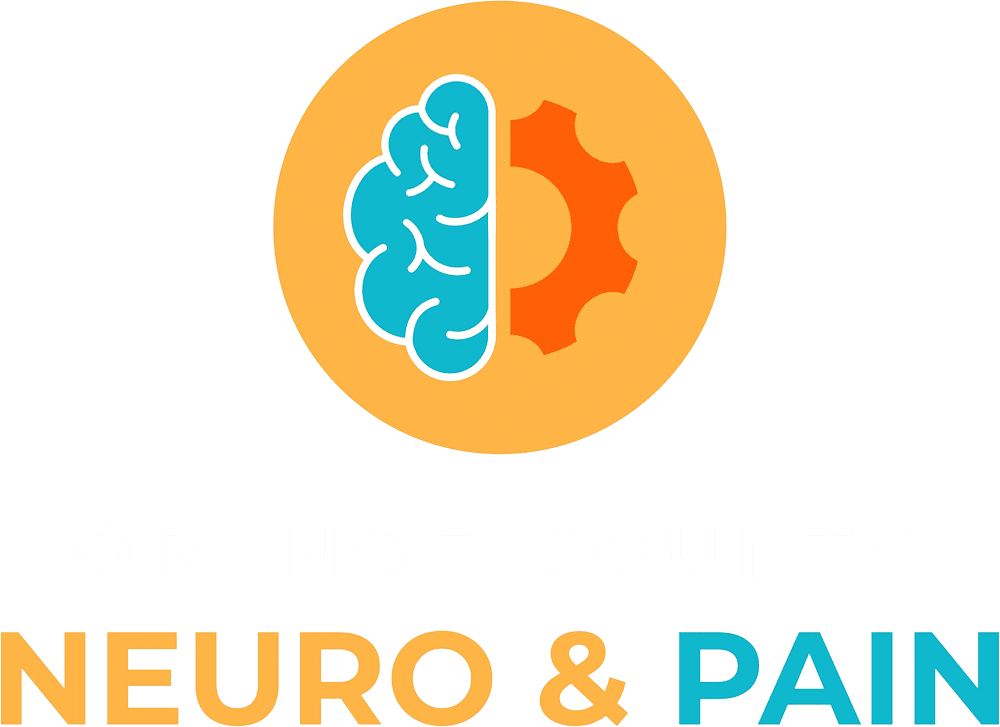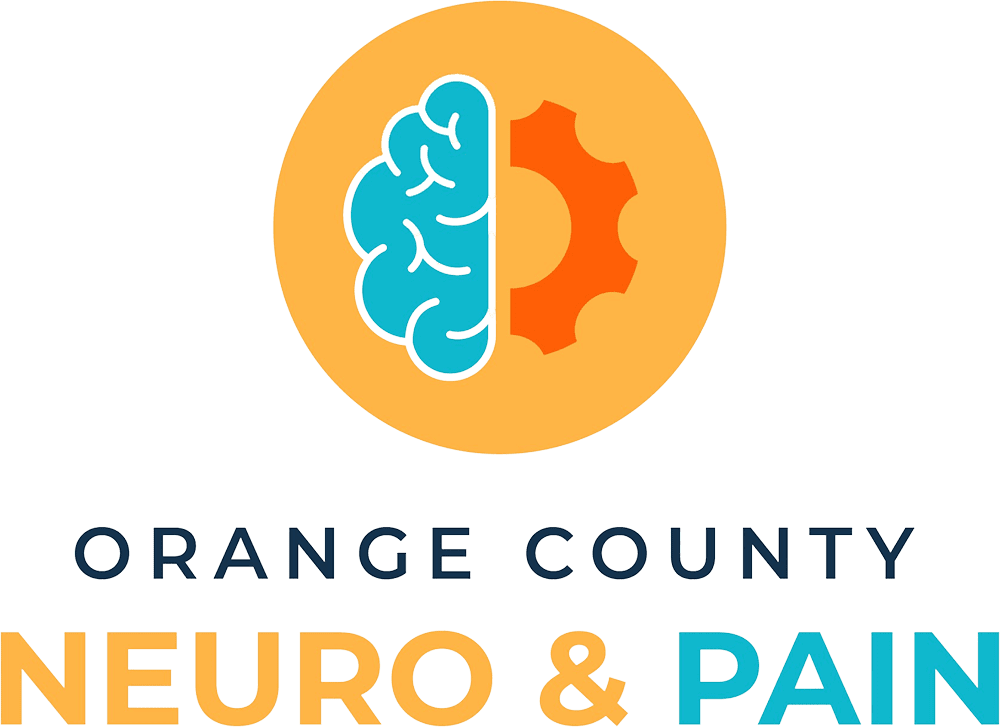

Facet blocks, also known as facet joint injections, are a type of minimally invasive procedure used to diagnose and treat chronic back pain. The facet joints are small, smooth surfaces located on the back of the spinal column that provide stability and help to control the movement of the spine. When these joints become inflamed, patients may experience a range of painful conditions, including facet joint syndrome, spinal stenosis, and herniated discs.
Why Facet Blocks Are Done
Facet blocks are performed by injecting a small amount of anesthetic and anti-inflammatory medication directly into the affected joint. This can help to relieve pain and inflammation, as well as reduce muscle spasms and improve mobility. In some cases, facet blocks may be used in conjunction with other treatments, such as physical therapy or chiropractic care, to help manage chronic pain caused by osteoarthritis, joint instability, traumatic injury, impingement of joint tissue, and inflammation of the joint lining.
Facet blocks are generally considered a safe and effective treatment option for individuals with chronic back pain. The procedure is minimally invasive and can be performed on an outpatient basis, meaning that patients can usually return home the same day. The injection site is typically numbed with a local anesthetic, so patients should not experience any significant discomfort during the procedure.

Benefits of a Facet Block
One potential benefit of facet blocks is that they can be used both as a diagnostic tool and as a treatment option. If the injection provides immediate relief from pain, it can help to confirm the source of the patient’s discomfort. This information can then be used to develop a more targeted and effective treatment plan. Additionally, facet blocks can be repeated periodically as needed to help manage ongoing pain and inflammation.
What to Expect During The Procedure
A facet joint injection is a minimally invasive procedure that typically lasts less than half an hour. It’s performed on an outpatient basis, so patients can leave the same day. The patient will be awake during the procedure, but may be given sedation through an IV in their hand or arm.
- The patient will lie face down on a table and their vitals may be monitored by machines.
- The injection site will be sterilized and covered with a drape to prevent contamination.
- The doctor will use a needle to administer a local anesthetic to numb the area.
- Using either real-time X-ray (fluoroscopy) or a CT scan as a guide, the doctor will insert the needle through the patient’s skin and into the joint. A contrast dye may also be injected to confirm that the needle is in the joint.
- The steroid and pain reliever will then be injected into the joint.
- Lastly, the needle will be removed and pressure will be applied to stop any bleeding. The patient will not need stitches..
Potential Risks And Side Effects
There are some potential risks associated with facet blocks. The most common side effect is temporary pain or soreness at the injection site. Some patients may also experience mild dizziness or nausea, as well as temporary numbness or weakness in the affected limb. In rare cases, more serious complications can occur, such as infection, bleeding, or nerve damage.

